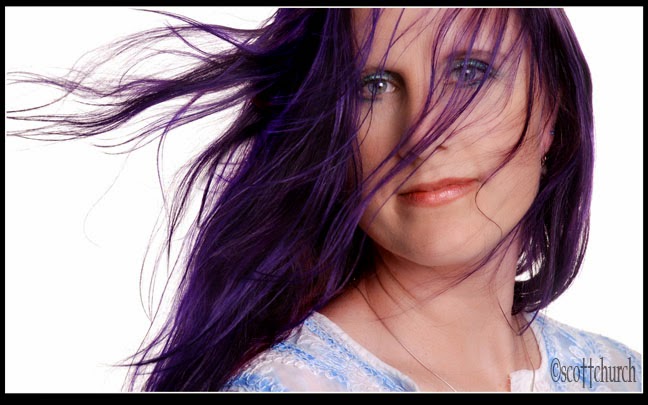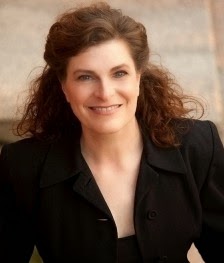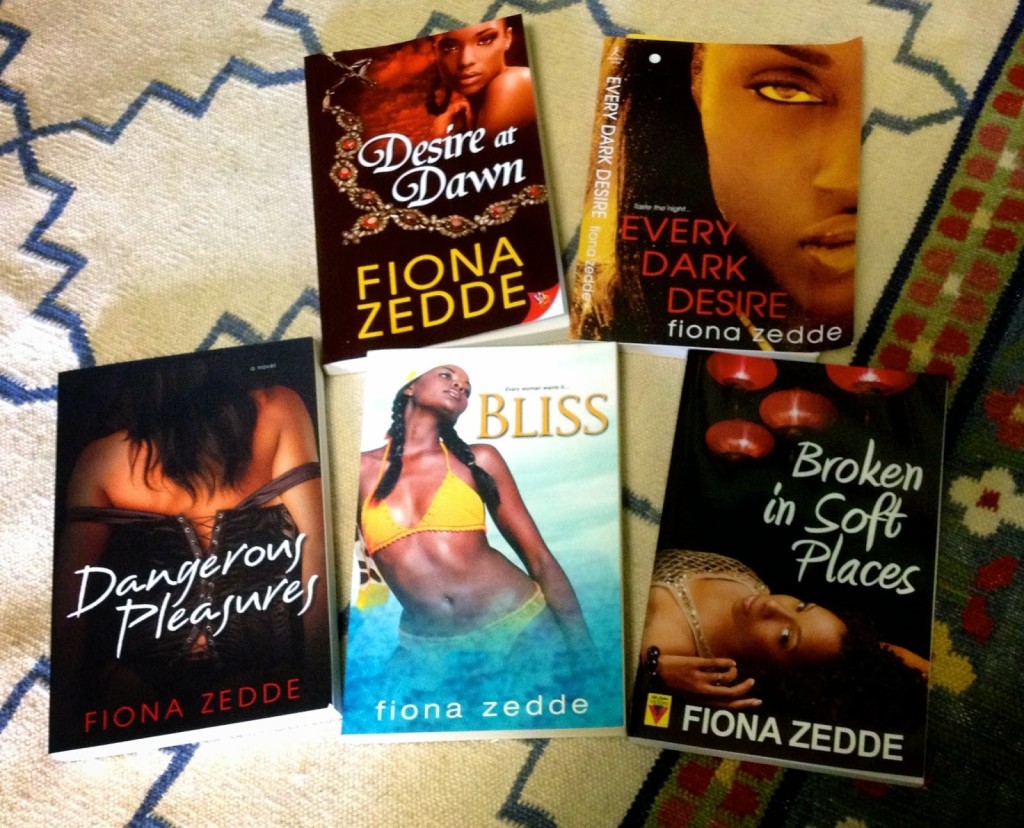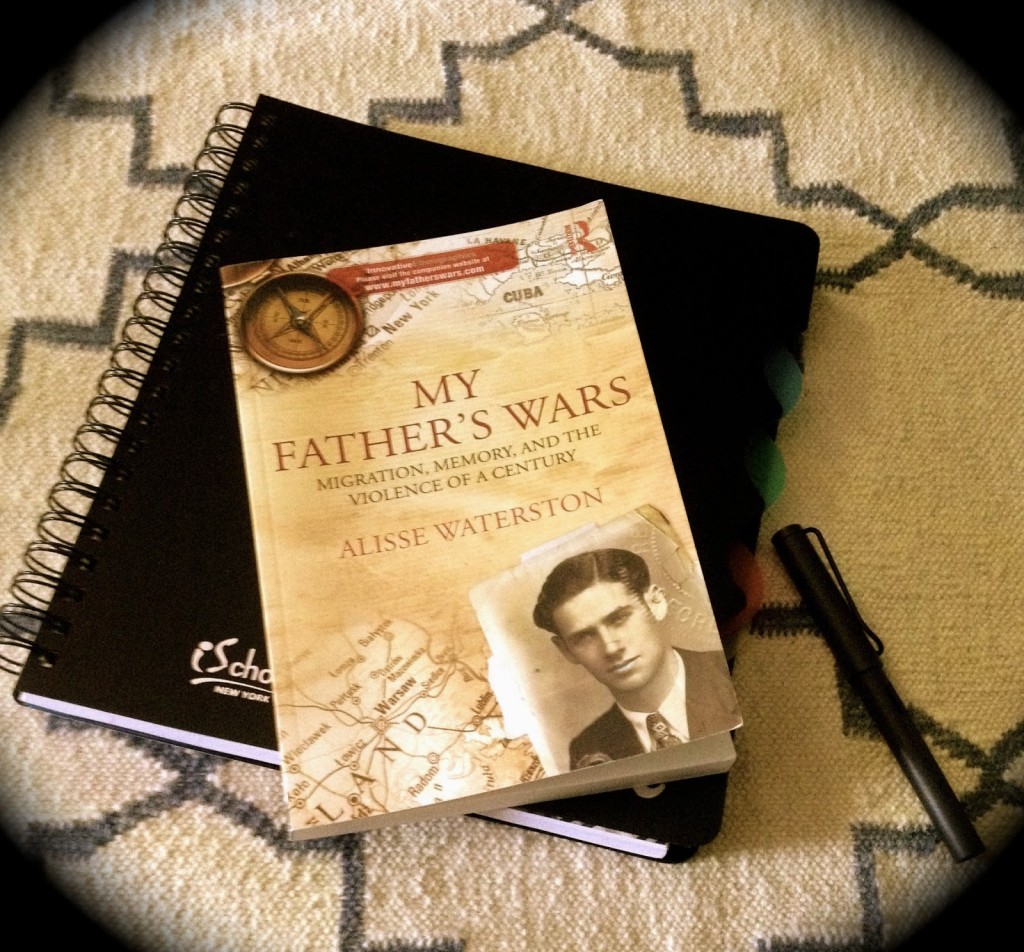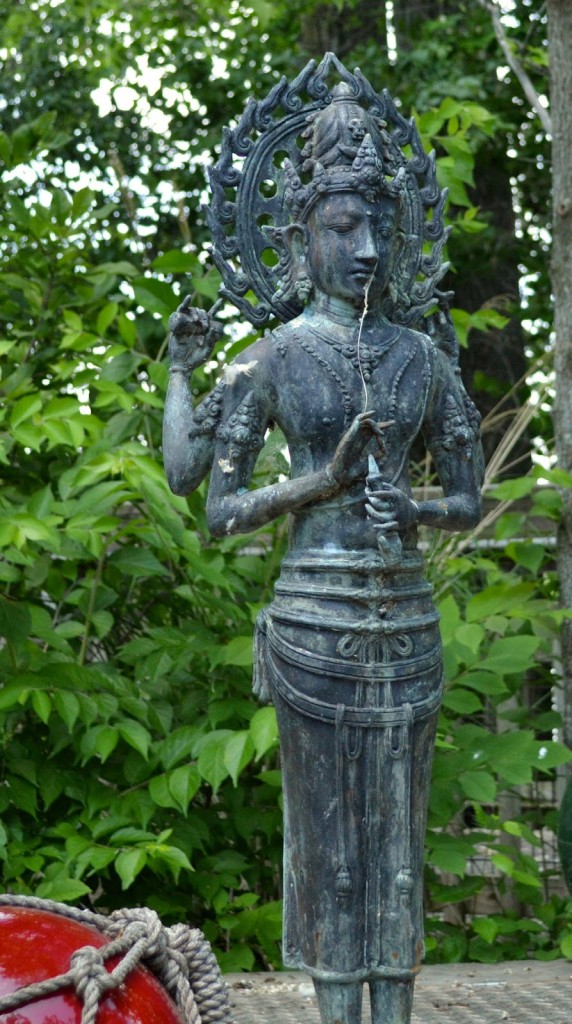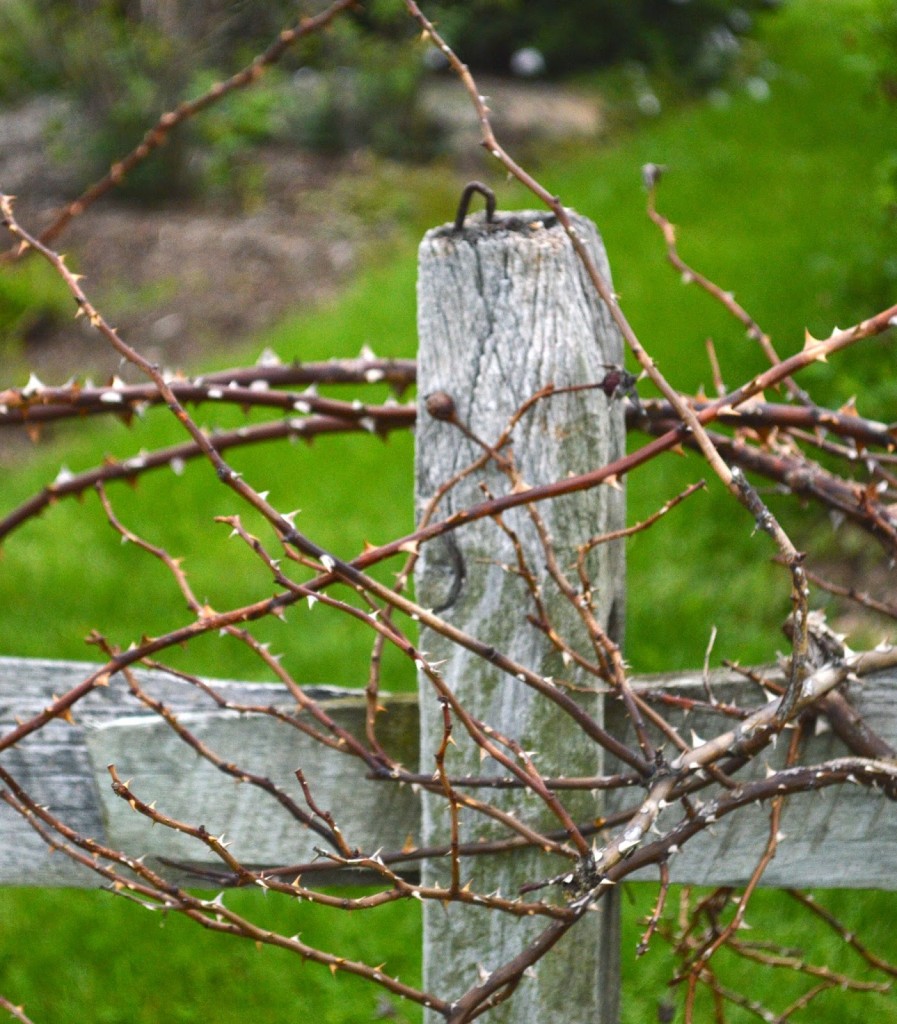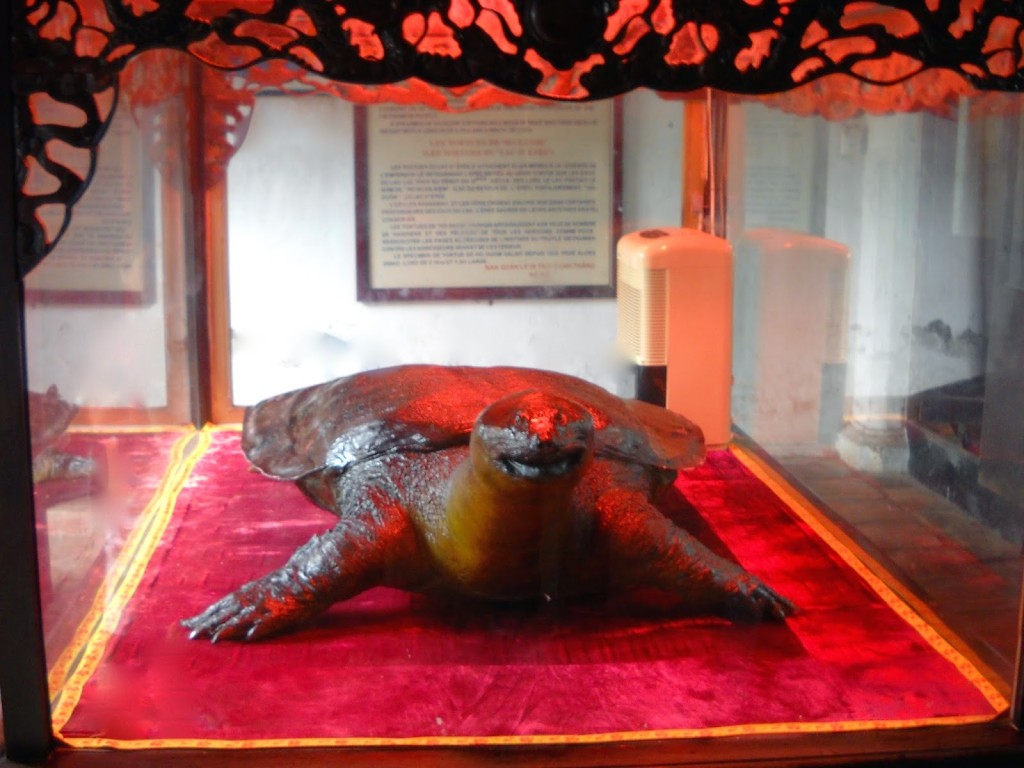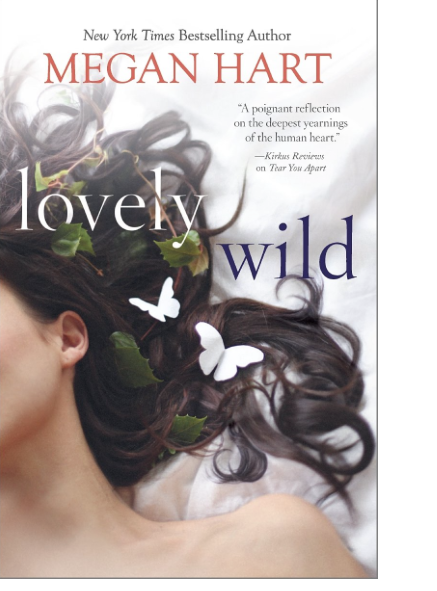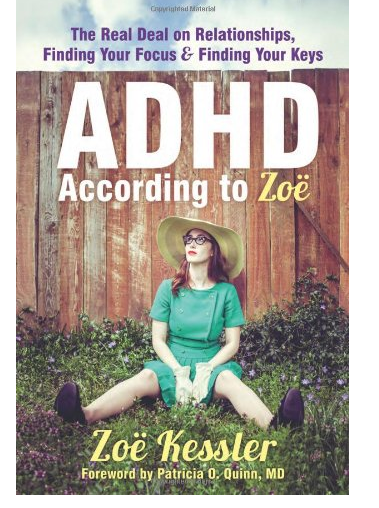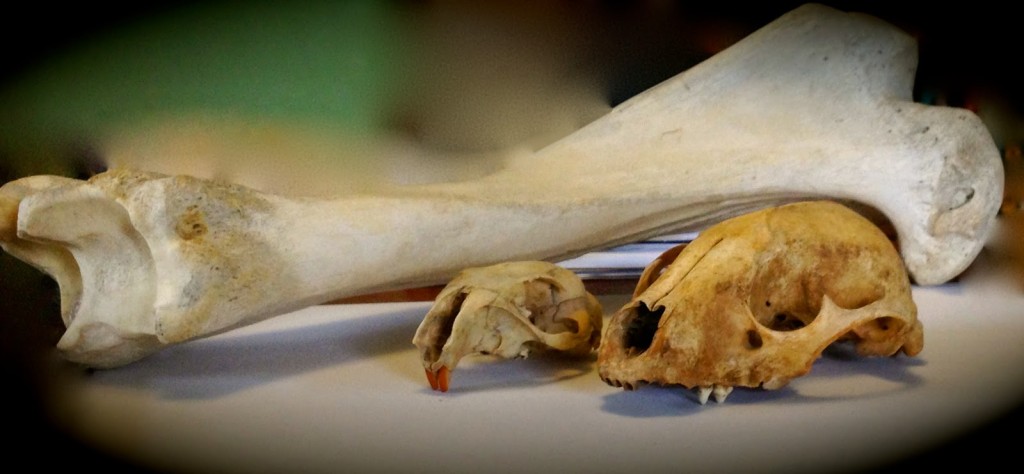I met Megan Hart at the CNRWA Spring Fling 2014 conference. She was charming and hella funny. One of the things we talked about besides RVs and family vacations, was music and writing. I appreciate Megan’s ability to write across many different genres. It is not often you find a writer that has a story for you, no matter what your mood.In Lovely Wild, Megan Hart’s most recent release, Megan brilliantly tells the story of Mari, a woman with a past that does and does not define her. Over a summer spent in her childhood home, Mari discovers past and present betrayals, encounters her hidden history, and finds her strength in the love she has for her children and herself. Reminding us all that people can be so much more than they appear to be, Mari is a character that you will remember long after you close the book. Lovely Wild is a story of growth, redemption, and family secrets that will keep you turning pages with that wonderful edge of your seat feeling that comes with a well written suspense novel. Be advised, do not start this book at bedtime unless you want to stay up all night reading.
Megan includes playlists in each of her books that enrich the reading experience in a visceral way. If you have read Megan’s other books, and let us be clear here, you should, listen to the playlists included, it is a way to enjoy the story all over again. I had some questions about how Megan uses music when she writes and Megan has answered them here:
1. Have
you always written / worked to music?
Megan Hart: Yes!
Honestly, the iPod was the best invention ever, because before that I had to
make mix tapes and/or CDs and use them for playlists. So yes, I have always
used music while writing.
2.
Do
you sing along with the lyrics when you are writing?
Megan Hart: Absolutely.
And sometimes I dance.
3.
Do
you have playlists for certain types of writing?
Megan Hart: Not
necessarily for different types of writing, but definitely a different playlist
for each book. The songs can be pertinent or somehow relating to the book or
just what I happen to be into listening to at the time, but what’s so crazy is
that when I look back at what songs are on old playlists, I can really sink
back into how it felt when I was writing that book.
4.
How
does music influence you? Is it a way to block distractions, or do you think
that the mood created by lyrics / music enables you to get where you need to be
emotionally for what you are writing?
Megan Hart: Both.
If I’m trying to write in a public space (which I had to do a LOT when my kids
were smaller and I’d write in a coffee shop or the playground or whatever) the
music definitely is used to block out the distractions. But also, when I put on
something sad or happy or ethereal it really gets me into the spirit of the
book. I have a long playlist of songs that stab me in the heart, and I listen
to them to get where I need to be for the writing, because fortunately my
default emotional setting is not woebegone angstmonster. So I have to find a way
to dig into that, and music helps.
5.
Have
you ever written lyrics, or considered writing songs?
Megan Hart: I have. I write lyrics a lot, but I can’t
read or write music, so it’s really not very productive! I wrote a song for a
story that will be out some time in 2015 and someone did write music for it,
which was amazing.
6.
Do
you listen to different types of music when you are editing versus first draft?
Megan Hart: Not
really. Pretty much the same throughout.
7.
Do
you listen to the same playlist each time you work on a project?
Megan Hart: Yes,
usually.
8.
Does
the music suggest the story, or does the story come you and then the music?
Megan Hart: Story
comes first, then I find the music that fits. There have been a few times when
a song inspired something, or lyrics have prompted a scene, but usually the
music is backdrop.
9.
What
of music do you detest?
Megan Hart: Jazz.
I hate jazz so much. Jazz makes me want to stab out my ears. Modern jazz, I
guess, all the boopdeleeboopedeedoo whatever. Once I went to a modern jazz band
with my husband and I wanted to both die and kill everyone in the room at the
same time, that’s how much I hate it.
10. What kind of music is
your favorite?
Megan Hart: That’s
a harder question to answer. I love such a wide range. I love classical, pop,
hip hop, rock, hard rock, heavy metal…really, I love almost everything (except
modern jazz.)As a writer this is what I have learned reading Megan Hart:
1. Great stories do not have to be set in exotic
locations.
2. Internal dialogue is as important as external
dialogue.
3. Pacing is essential to building suspense.
4. Create characters that are capable of doing the
extraordinary when they reach the tipping point.
5. Embrace the dark side of your characters, all of
them, not just the villains.
6. Emotions are never
simple, don’t be afraid to show exactly how complicated they are.
7. Do not back off from
social class conflict and social expectations, show just how deep and ugly they
can be.


